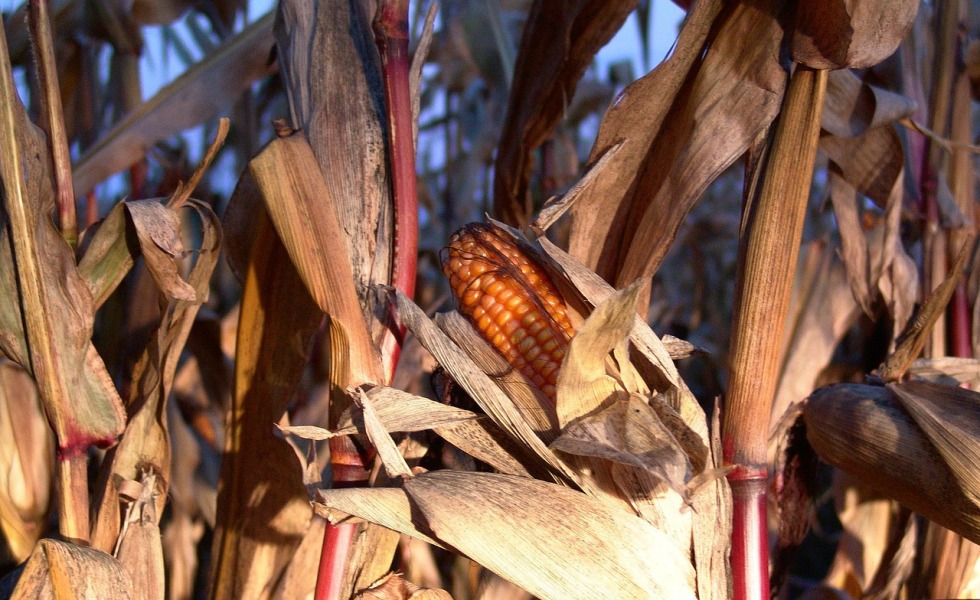Ethanol’s Future is Running Out of Gas
Posted on September 23, 2021

The key ingredients for a looming crack-up in ethanol–the fast rise of electric vehicles, lukewarm politics, and more evidence of catastrophic climate change–are in place and few in U.S. ag policy circles are prepared to face that reality.
In fact, none of those woes are new; they’ve been building for years.
For example, the Trump Administration’s almost carte blanche blending waivers for gasoline refiners shrunk ethanol’s biggest funnel into American gas tanks. Next, its early denials of the Covid pandemic helped stall gasoline sales. In 2020, gas sales were 119 billion gals.; by comparison, they were 140 billion gals. in 2017.
Both combined to slice ethanol usage, according to the U.S. Department of Agriculture, from 15.7 billion gals. in 2017 to 13.7 billion gals. in 2020 while, incredibly, ethanol imports doubled from 77 million gals. to 144 million gals.
The Biden Administration’s biofuel blending plan, now being discussed at the Office of Management and Budget according to Agri-Pulse, “is expected to propose reducing the renewable volume obligation for 2021 but increase the mandate for next year.”
This having-it-both-ways approach means, at best, a stagnant biofuel future. “Farm and biofuel groups are pushing for 15 billion gallons of ethanol in the targets and an increase to the 2.43-billion-gallon biomass-based diesel goal set in recent RVOs,” or Renewable Volume Obligations, explained Agri-Pulse.
Good luck on achieving either because, in early August, the Biden White House announced its goal for up to 50 percent of all new cars sold by 2030 to be electric-powered. U.S. carmakers, already on that road, eagerly accepted the challenge.
Neither Biden plan–reduced biofuel blending mandates or increased governmental favoritism of electric cars and trucks–means the end of ethanol. Together, however, they make it plain that ag-based biofuels, and ethanol in particular, face a very tough future in the coming years.
How severe is yet to be determined but corn-rich states like Iowa, where about 60 percent of the state’s field corn flows to ethanol plants, will be hardest hit. Nebraska, the nation’s second largest state producer of ethanol, will take a hard pop, too.
In fact, Nebraska might face more pressure because much of its corn is grown under irrigation. The 2017 Ag Census, the most recent census numbers available, shows 4.5 million of Nebraska’s 9.5 million corn acres that year were irrigated. (The 2017 Ag Census also shows Nebraska with more total irrigated acres than California: 8.6 million compared to 7.8 million.)
Nationwide in 2017, 2.4 billion bu. of corn were grown on 11.6 million irrigated acres by using, on average, 325,500 gals. of water per acre. That same marketing year, U.S. ethanol plants used 5.6 billion bu. of corn to make ethanol.
So, sooner or later, ever-greening American taxpayers will want to know why the nation continues to use ever-dwindling, irreplaceable natural resources to grow a federally-subsidized feedstock for a federally-mandated biofuel market that–mandate or not–is likely to shrink by at least one-third in the coming decade.
Any farmer or farm group official want to take a crack at that one?
On Aug. 22, two Iowans, Matt Russell and Robert Leonard, took a swing in an editorial published by the Food and Environmental Reporting Network, or FERN. Their idea positions biofuels with electric vehicles as allies, not enemies.
In brief, they explain, while electric-powered cars are likely the future, there will still be a large market for “liquid fuel” and “advanced biofuel” vehicles. “But the most durable market for liquid fuel will be in heavy equipment, aviation and container ships.”
Perhaps, but Big Ag’s default position is to defend an increasingly indefensible blending mandate built on 50-year-old home-grown fuel gibberish that has little relevance to today’s rapidly changing gasoline market and an already changed climate reality.
© 2021 ag comm
Share This